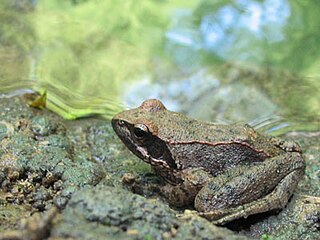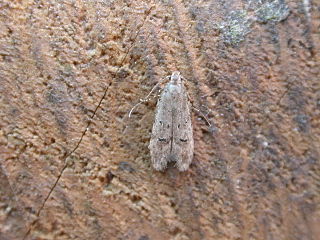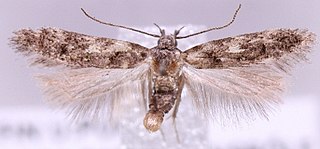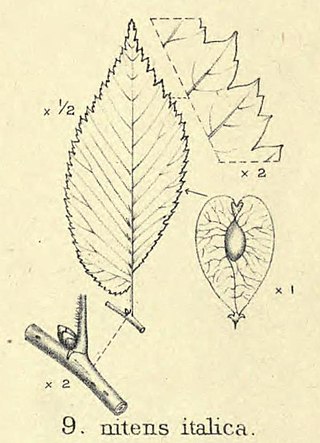
Broccoli is an edible green plant in the cabbage family whose large flowering head, stalk and small associated leaves are eaten as a vegetable. Broccoli is classified in the Italica cultivar group of the species Brassica oleracea. Broccoli has large flower heads, usually dark green, arranged in a tree-like structure branching out from a thick stalk which is usually light green. The mass of flower heads is surrounded by leaves. Broccoli resembles cauliflower, which is a different but closely related cultivar group of the same Brassica species.

The grey partridge, also known as the gray-legged partridge, English partridge, Hungarian partridge, or hun, is a gamebird in the pheasant family Phasianidae of the order Galliformes, gallinaceous birds. The scientific name is the Latin for "partridge", and is itself derived from Ancient Greek perdix.

Populus nigra, the black poplar, is a species of cottonwood poplar, the type species of section Aigeiros of the genus Populus, native to Europe, southwest and central Asia, and northwest Africa.

Hyacinthoides italica, the Italian bluebell or Italian squill, is a spring-flowering bulbous perennial plant belonging to the family Asparagaceae.

The Italian stream frog, also called the Italian frog, is a species of frog in the family Ranidae. The species is endemic to Italy and San Marino.

Teleiodes is a genus of moths in the family Gelechiidae.

Orchis italica, the naked man orchid or the Italian orchid, is a species of orchid native to the Mediterranean Basin. It gets its common name from the lobed lip (labellum) of each flower which mimics the general shape of a naked man. In Italy, it is believed that the consumption of the plant is conducive to virility. It prefers partial shade and low nutrient soil, and flowers in April. Orchis italica grows up to 50 centimetres (20 in) in height, with bright pink, densely clustered flowers.

Teleiodes vulgella is a moth of the family Gelechiidae. It is known from most of Europe, east to the southern Ural and the Volga region.
Teleiodes kaitilai is a moth of the family Gelechiidae. It is found in Russia. The habitat consists of taiga forests.

Teleiodes wagae, the hazel groundling, is a moth of the family Gelechiidae. It is found throughout Europe, east to Siberia.

Teleiodes luculella, the crescent groundling, is a moth of the family Gelechiidae. It is found from Europe to the southern Ural and Transcaucasia. The habitat consists of woodlands, including oak woodlands.

Teleiodes flavimaculella, the chestnut groundling, is a moth of the family Gelechiidae. It is widely but locally distributed in Europe, east to Siberia.

Pliophoca is an extinct genus of seal in the family Phocidae.
Teleiodes albiluculella is a moth of the family Gelechiidae. It is found on Crete.
Teleiodes brevivalva is a moth of the family Gelechiidae. It is found in northern Italy and Spain.
Teleiodes soyangae is a moth of the family Gelechiidae. It is found in Korea.
Teleiodes excentricella is a moth of the family Gelechiidae. It is found in Libya, Armenia and Turkmenistan.
Teleiodes gangwonensis is a moth of the family Gelechiidae. It is found in central Korea.

Ulmus minorvar.italica was first described by Augustine Henry in 1913, as a 'variety' of field elm from Italy, Spain, Portugal and Algeria. He called it Ulmus nitens var. italica, 'Mediterranean Elm'. The variety was accepted by Krüssman (1984), despite the wide source-area claimed for it, as a non-clonal cultivar, U. carpinifolia var. italicaHenry. Bean (1988), however, considered it "a variety of rather dubious standing", and it was ignored by Richens (1983), who listed instead a "small-leaved U. minor of Spain" and a "narrow-leaved U. minor of northern and central Italy", as well as "the densely hairy leaved U. minor of southern Italy", the latter being Ulmus minor subsp. canescens, formerly Melville's Ulmus canescens.

Silene italica is a species of plant native to Southern Europe and parts of Asia. It is also introduced to parts of the United States and Northern Europe.













